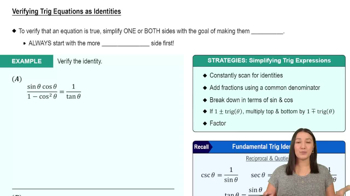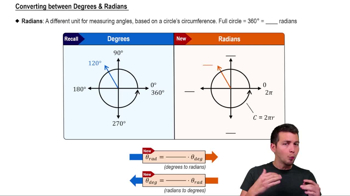{Use of Tech} Hours of daylight The number of hours of daylight at any point on Earth fluctuates throughout the year. In the Northern Hemisphere, the shortest day is on the winter solstice and the longest day is on the summer solstice. At 40° north latitude, the length of a day is approximated by D(t) = 12−3 cos (2π(t+10) / 365), where D is measured in hours and 0≤t≤365 is measured in days, with t=0 corresponding to January 1.
b. Find the rate at which the daylight function changes.






